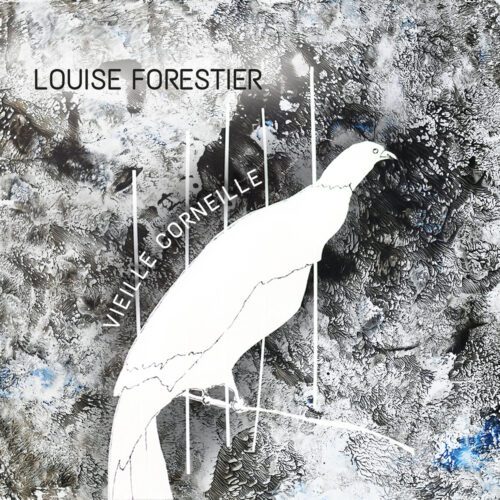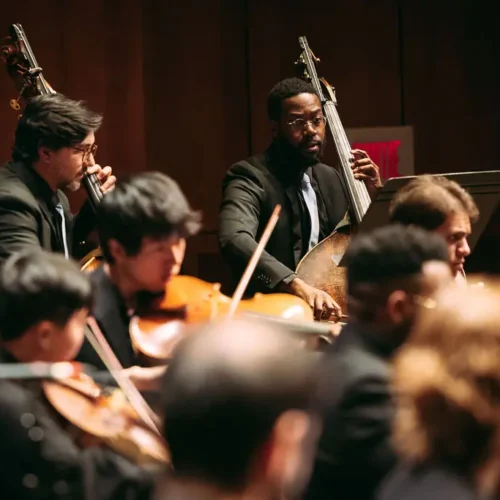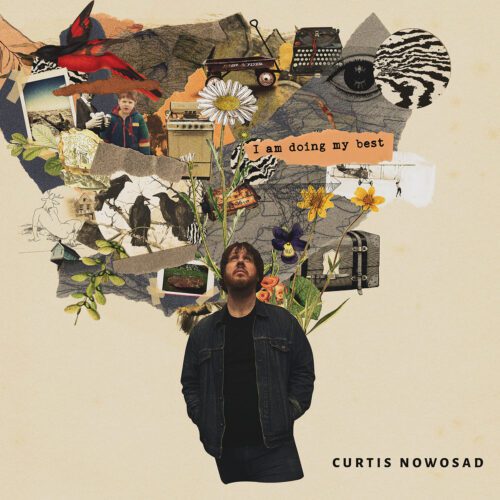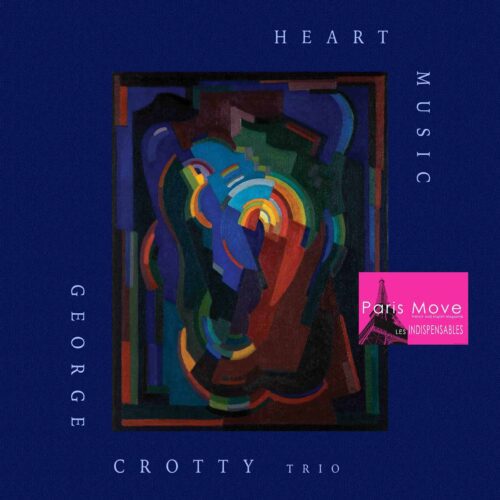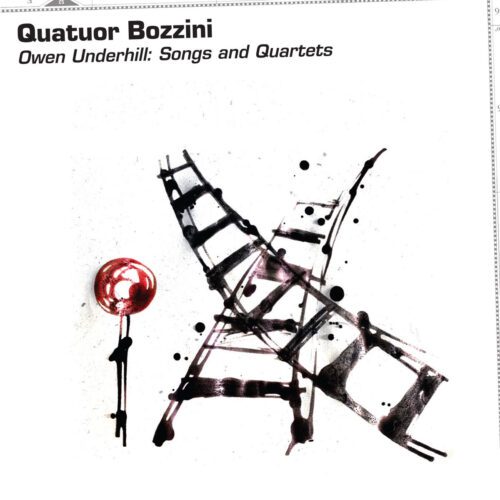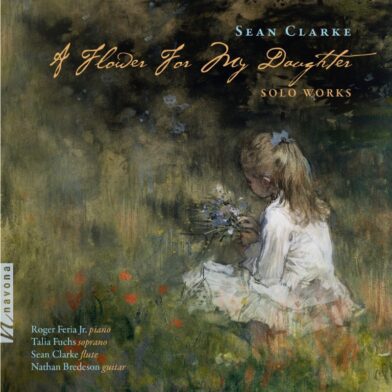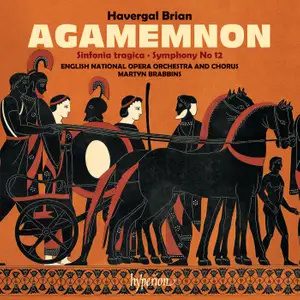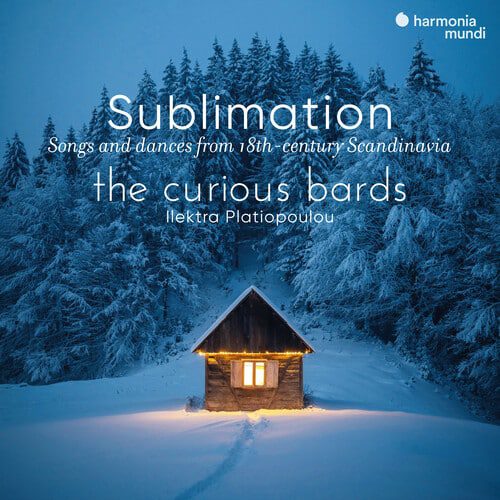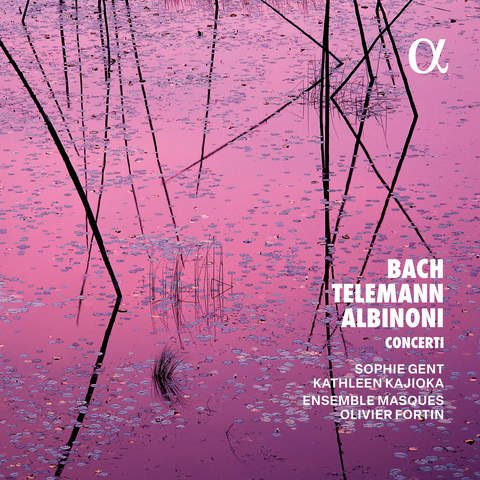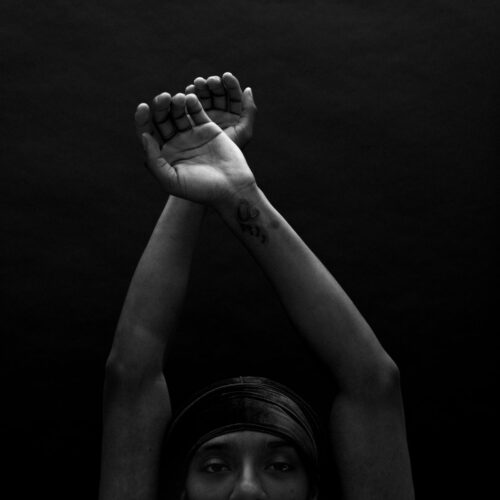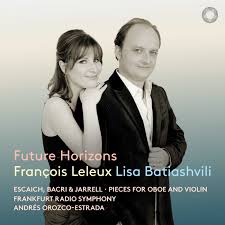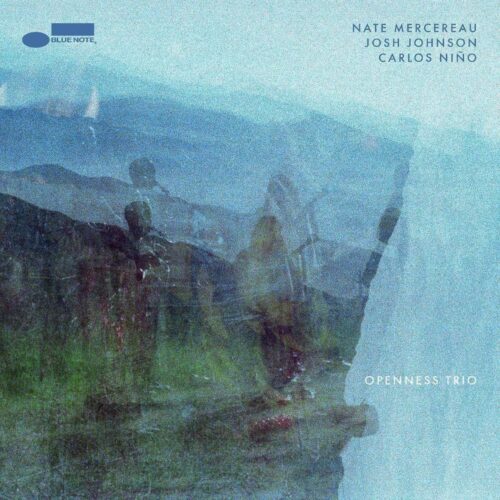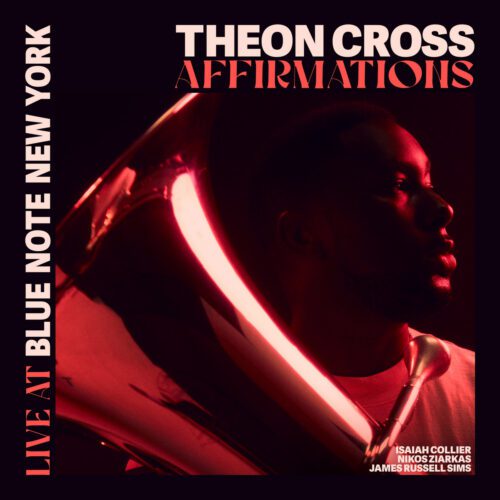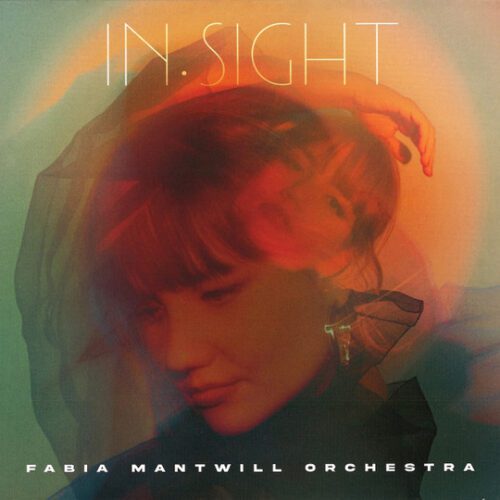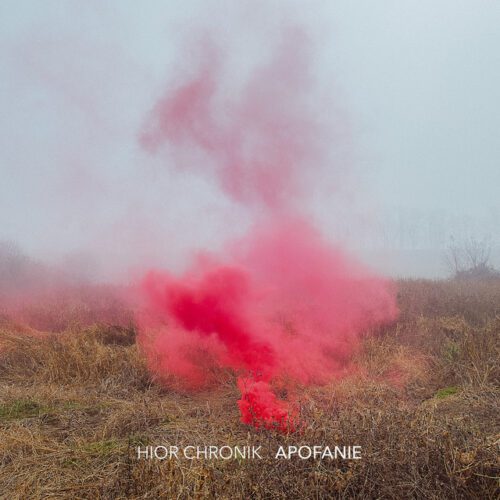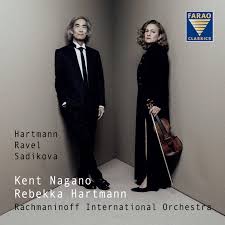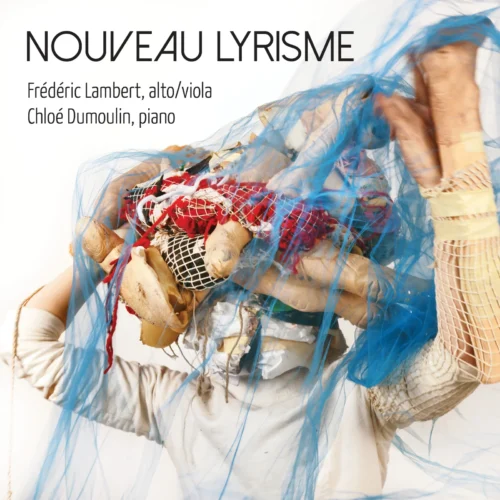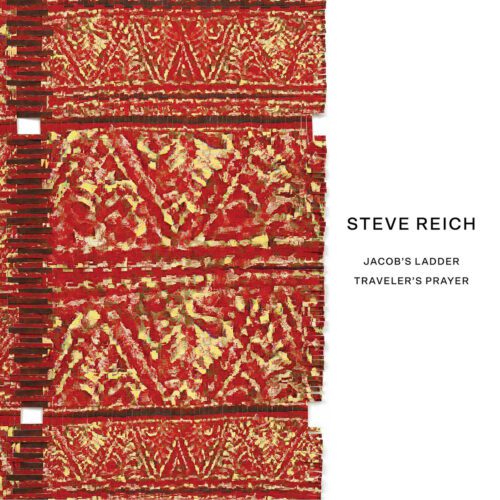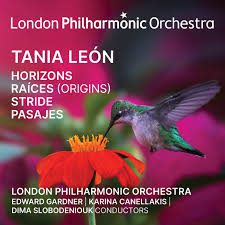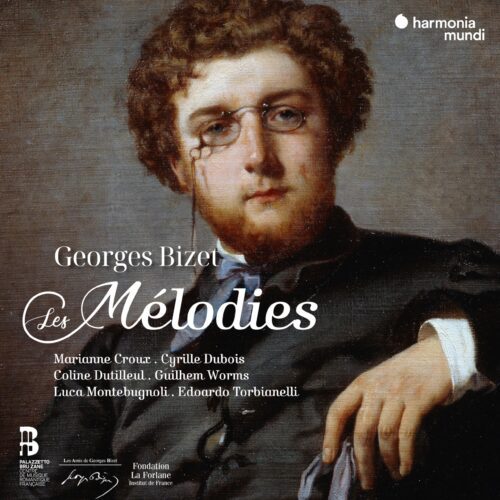I was present when this “electro oratorio” of five “voyages” spread over nine songs was spatialized at the Conservatoire de musique de MTL on March 26. I told myself then that this trace would be important in Louise Forestier’s legacy. The album will be officially released on April 4.
Vieille corneille is a project that deconstructs the song form, and is the result of her encounter with cutting-edge electronic music. More specifically, her encounter with composer Louis Dufort, also a professor at UdeM and artistic director of the Akousma festival.
Louise Forestier had spotted Louis Dufort through his soundtracks for dancer-choreographer Marie Chouinard. The meeting took place, and a creative pact was eventually made. Intergenerational encounters with song are always a pleasure, provided of course that they add value beyond the experience itself. Liza Minnelli with the Pet Shop Boys, Jeanne Moreau with Étienne Daho, Lady Gaga with Tony Bennett, David Bowie with Bing Crosby and so on, have you noticed that these encounters take place in the territory of popular art?
In the case of Quebec, that’s not exactly the case: Louise Forestier worked with a musician and composer in no way associated with any form of pop culture. Nevertheless, Louis Dufort doesn’t fit in with the prejudices regularly associated with “old school” electroacoustic music: before entering this conceptual territory and making a profession of it, he tripped over hip-hop, soul/R&B, techno, house, etc.
Special? Not so much. Louis Dufort is rather representative of electroacoustic melomania, which consists in admitting to the laboratory the more pop forms of the vast electro movement.
What Louise Forestier agrees to here is enormous for an artist in her eighties, who has never ventured into this territory before – ambient, drone, techno, German electro from the krautrock era, you name it. Whether spoken or sung, this poetic prose with song-like contours blends into the sound, magnifying Louise’s voice in a context totally new to her.
Old age, wisdom and lucidity are the main vectors of the text here put forward by the author. Vieille corneille, the first “voyage” on the program, sets the table in this direction. The assumption of age, a dart aimed at progressive morality. The “formatted censorship” and “agony of forbidden words” of Les mots maudits, a kind of pamphlet with poetic contours, are put in abyss.
An unnamed child is observed by his grandmother in Je m’appelle “Je”. The dark memory of an aggressor, recalled in a dystopian setting, is La menace. Le bout du banc: the allegory of the crow is embodied in the narrator’s relationship with this most intelligent of birds, which fascinates Louise Forestier to the point of having become her main metaphor. The crow and advanced age reappear in Ce n’est pas demain (… la vieille), the expression of a certain serenity, a fleeting pleasure in a pitiless age when “the hunt for the old has begun”. The vision of a ravaged terrestrial environment and the fragile hope of renewal are expressed in L’Île flottante (Floating Island), followed by Si c’était la fin… (If it were the end…), a clear indication of a world in which we observe ineluctable decline. The finale, En-Fin, is a poetic prediction from the narrator to Gabriela, whose destiny lies in a universe conducive to transhumanism. The writing is typical of Louise Forestier’s literary work, and one might suggest editing corrections. From a sonic point of view, Louis Dufort’s excellent music (with the exception of minor deviations in vocal intelligibility when the beat is powerful) and the performer’s remarkable voice (with the exception of minor deviations in pitch) at the service of an unusual project far outweigh these considerations.
Respect, vieille corneille.
